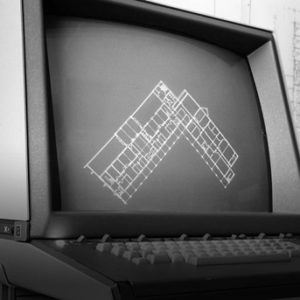The progressive contraction of design representations is synchronized with the alienation of design possibilities. Alienation means that some of the design possibilities are taken out of the design space and, therefore, never considered. These possibilities are put aside for being unacceptable, unthinkable, or unknown. This can happen by many reasons.
In the socialization of the design space post I mentioned groupthink as a symptom of alienation. By avoiding confrontation and thinking the same, the group block new possibilities to rise up in the design space. But there other symptoms of alienation.
Design fixation is a well known problem. One of the design options is elected the best before considering other options. All the efforts are then concentrated in refining this option, instead of exploring others. This symptom bears the risk of spending resources just to realize when it is too late that the option does not work at all. Therefore, experienced designers make sure that there is enough exploration done before refining a design option.
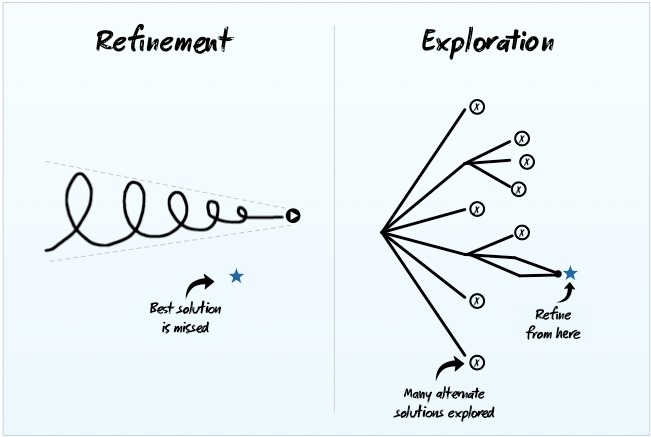
The contraction of design representations seems to have an advantage in exploring design options. With Building Information Modeling (BIM), for example, the design can be represented through a set of changeable parameters. Algorithms can generate hundreds of design options that try combinations of values for the parameters. The symptoms of alienation still remains, though, for some essential design qualities cannot be described into numerical parameters.
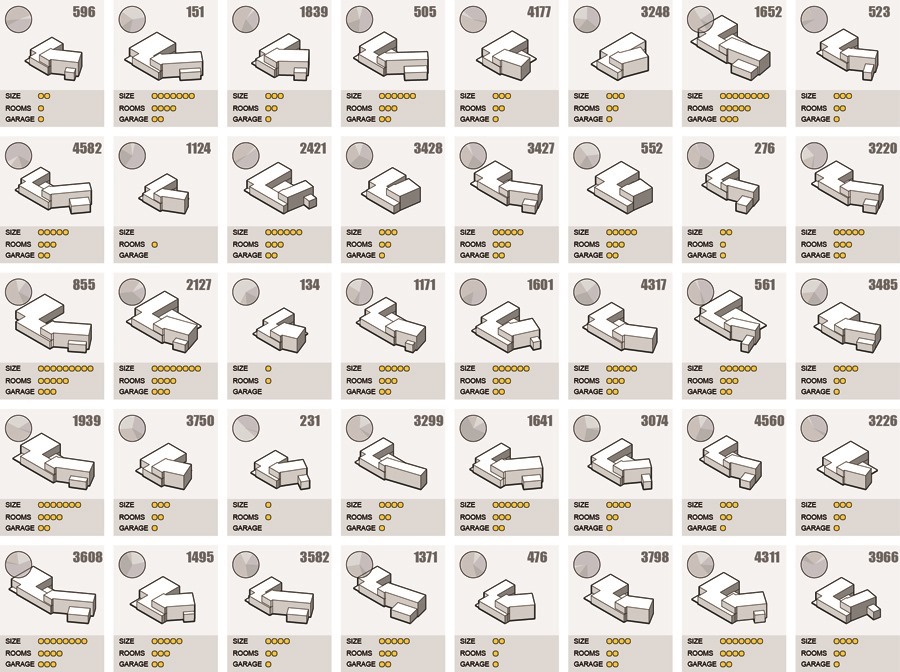
The alienation of design possibilities is not a simple technical mistake. Even if a person wants to explore more possibilities, he or she might not be allowed to by time constraints, power relationships, social taboos, and other kind of inhibitors. The organizational culture can be an idea killer, preventing people from sharing certain ideas that are too often rejected. The motto “thinking outside the box” cannot counter alienation when work relationships are not challenged as well.
The cartoon below is a great example of the strong link between the physical, social, and mental spaces that I spoke in the last post. Everything is put into boxes in the “creativity corporation”!
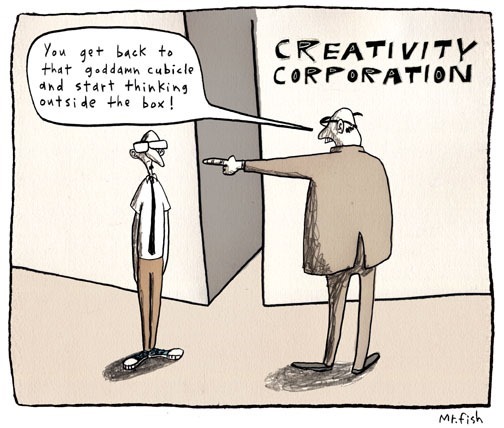
Alienation seems to be unavoidable, but workers do not accept this condition all the time. I witnessed a case in which a hospital staff has been alienated from the design possibilities of their new building. The architects designed the building without involving the nurses and other staff members from the bottom of the hierarchy. After it was done, the design was fixated on the walls to “communicate” with users about the upcoming change.
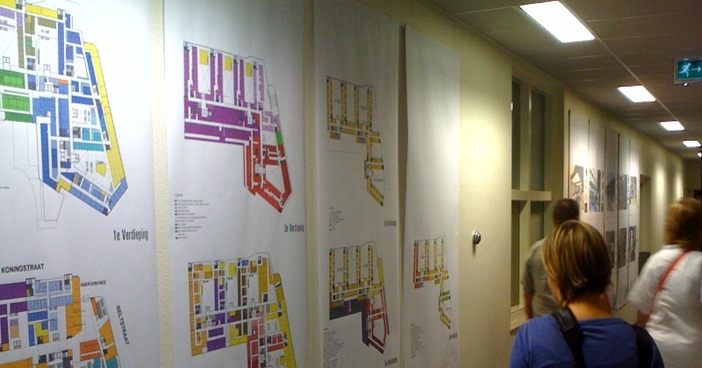
My colleague at Twente Julia Garde did her PhD about involving the hospital staff with the new design. She introduced games to explore the possibilities of the new space in terms of work procedures. Once the participants were told that the spatial layout was fixed and no suggestion was possible, they became quite angry. They thought the new layout would perhaps not work well for them. Julia was careful enough to organize discussion sessions to let the anger come out before playing the game.
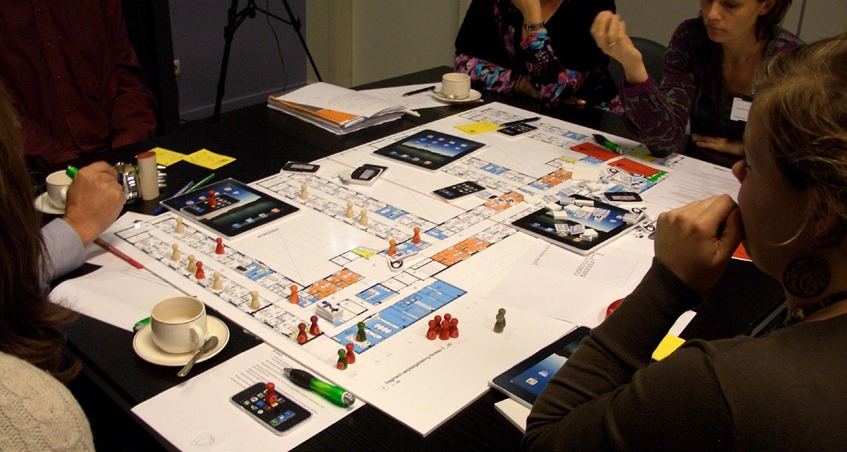
The game helped the healthcare staff to overcome the alienation about the possibilities of the new space; however, it maintained the alienation about other possibilities, the possibilities that would only become available by creating another design option.
In my own PhD case, I’ve gone through a similar situation, but in my case the game helped the participants to reclaim the design possibilities lost in space. Although the managers of the medical imaging center asked me to create a game to prevent changes in the spatial layout and channel the participants to the workflow logistics, the participants were strong enough to demand changes in the spatial layout. They did so by refusing to play the game, as if the game was not fair. The struggle gave rise to collaborative sketching with the architects involved.
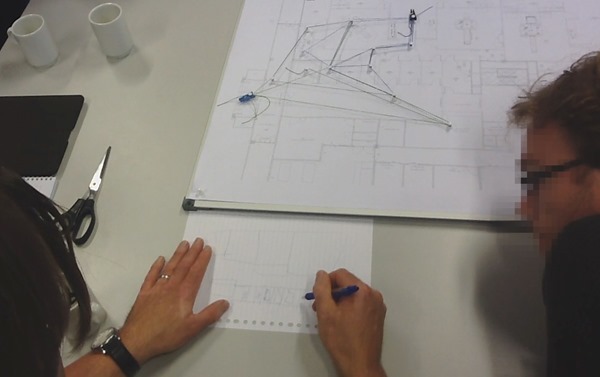
As these two examples make clear, the alienation of the design possibilities is not a technical trade-off, but a condition related to the socialization of the design space. The fact that more people are becoming involved with the production of the design space does not imply the end of their alienation. In fact, it could well be the other way around, when people are so overwhelmed with information that they cannot even formulate a critical response to the design options presented.
Alienation may be overcome if people manage to occupy the design space and create new possibilities. This will be explained at the next post on knowledge cocreation.
